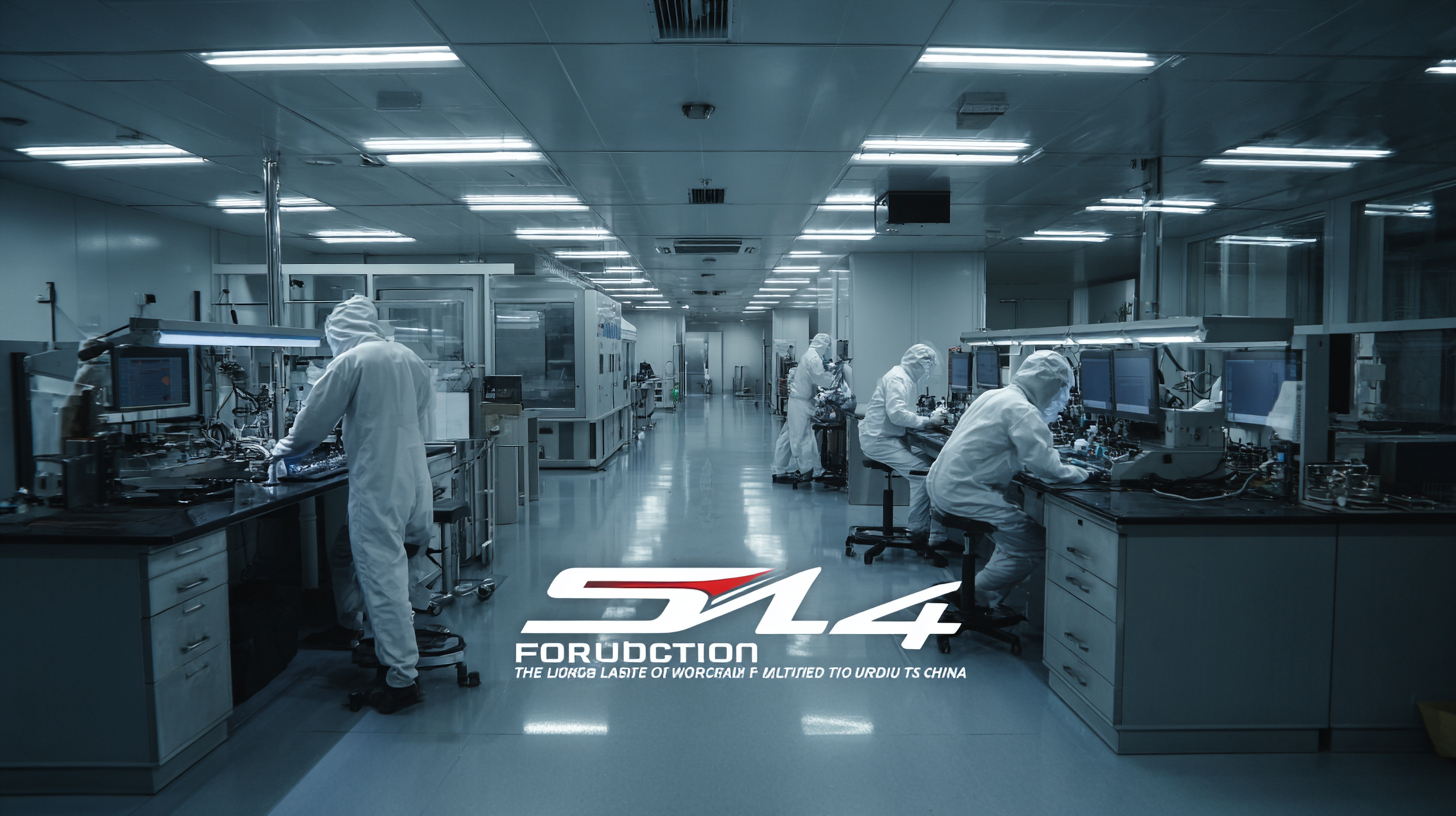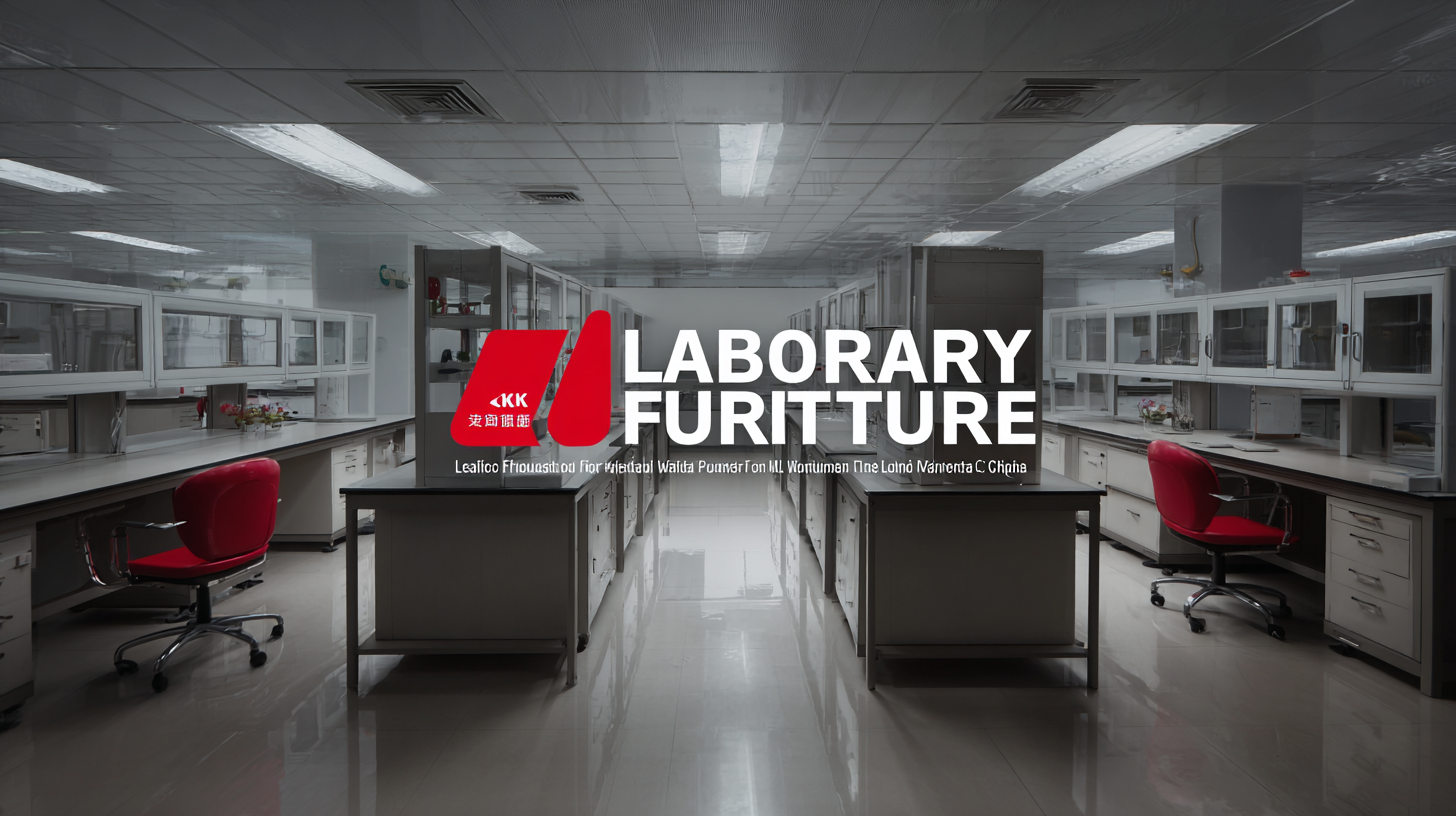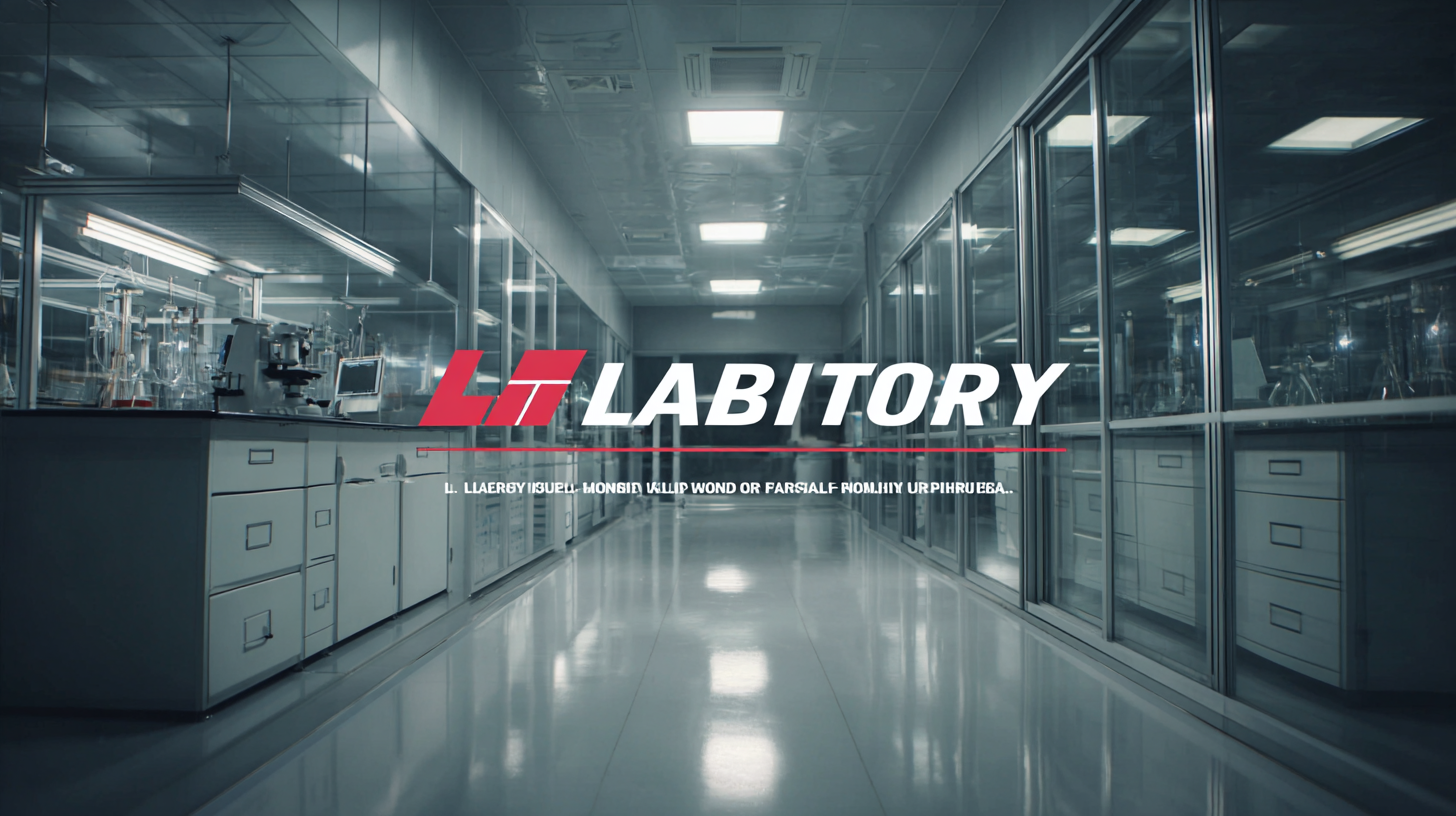In the rapidly evolving world of scientific research and experimentation, the role of quality laboratory furniture has never been more critical. As the global market for laboratory furniture is expected to reach approximately $6.6 billion by 2026, driven by advancements in science and technology, the demand for innovative and ergonomic solutions is on the rise. China, as a leading laboratory furniture manufacturer, has positioned itself at the forefront of this dynamic industry, combining affordability with cutting-edge design. This ultimate guide will explore the latest trends, technologies, and best practices in laboratory furniture manufacturing, highlighting how Chinese companies are not only meeting but exceeding international standards.

With a keen focus on sustainability and customization, Chinese manufacturers are setting new benchmarks in the laboratory furniture sector, ensuring that they continue to lead the world in delivering functional and aesthetic solutions for researchers and scientists alike.
China has positioned itself as a significant player in the global laboratory furniture manufacturing industry, but this growth comes with notable challenges. One of the primary issues is the intense competition among manufacturers, both locally and internationally. As demand for high-quality, innovative laboratory setups increases, companies are struggling to differentiate themselves. Many manufacturers are falling into the trap of prioritizing cost over quality, which can lead to subpar products that do not meet international safety standards and compliance regulations.
Another challenge facing the industry is the fluctuating supply chain dynamics. With raw material costs constantly changing and global shipping delays becoming more common, manufacturers are forced to navigate a complex landscape that can impact their production timelines and costs. Additionally, the push towards sustainable practices forces manufacturers to adapt their processes and materials, which can require substantial investment and training. These factors not only affect the operational efficiency of lab furniture manufacturers but also their ability to meet the ever-evolving needs of their clients in a highly competitive market.

In recent years, the laboratory furniture manufacturing industry has witnessed significant advancements, largely driven by innovations that address common production challenges. According to a report by Research and Markets, the global laboratory furniture market is projected to grow at a CAGR of 5.6% from 2022 to 2028, highlighting the growing demand for high-quality and customizable laboratory solutions. Chinese manufacturers are at the forefront of this shift, leveraging state-of-the-art technology and streamlined production processes to enhance efficiency and sustainability.
To tackle issues such as durability and adaptability in laboratory environments, manufacturers are increasingly utilizing advanced materials like epoxy resin and stainless steel. These materials not only provide superior resistance to chemicals but also offer longevity, which is crucial in high-demand lab settings. Moreover, ergonomic designs are becoming integral, ensuring that laboratory personnel can work comfortably and efficiently.
Tip: When selecting laboratory furniture, consider solutions that prioritize modular designs. These allow for easy reconfiguration as the scope of work changes, promoting a versatile laboratory space. Another valuable tip is to look for suppliers that offer comprehensive warranties, ensuring product reliability and support for any production-related challenges. Emphasizing these innovations will undoubtedly lead to improved lab efficiency and safety measures in the long run.
| Dimension | Material | Features | Innovative Solutions | Common Issues Addressed |
|---|---|---|---|---|
| Standard Workbench | Steel and Laminate | Durable, Adjustable Height | Modular Design | Limited Workspace Flexibility |
| Fume Hood | Fiberglass Reinforced Plastic | Enhanced Airflow, Safety Features | Smart Monitoring System | Fumes and Contaminants Exposure |
| Storage Cabinets | Metal with Epoxy Coating | Lockable, Fire-Resistant | Space Optimization Features | Space Constraints |
| Lab Benches | Compact Laminate | Resistant to Chemicals, Easy to Clean | Integrated Power Outlets | Maintenance and Cleaning |
| Mobile Workstations | Aluminum Frame | Portable, Adjustable | Modular Storage Solutions | Inflexible Workstations |
Quality control is paramount in the laboratory furniture manufacturing industry, particularly in China, which is rapidly becoming a leading player on the global stage. This meticulous process ensures that every piece of furniture not only meets aesthetic standards but also adheres to strict safety and functionality regulations. Manufacturers invest in sophisticated testing methods and equipment to evaluate materials and finished products. This commitment to quality guarantees that the laboratory furniture can withstand the demanding conditions of laboratory environments, from chemical resistance to durability under heavy use.
Additionally, effective quality control bolsters the reputation of Chinese manufacturers in the international market. By assuring clients of top-notch products, companies can build trust and foster long-term relationships, which are essential for sustained growth. Implementing rigorous quality management systems enables manufacturers to identify defects early in the production process, reducing waste and improving overall efficiency. As a result, Chinese manufacturers not only lead in production volume but also in setting higher standards for quality in laboratory furniture, positioning themselves as a vital resource for laboratories worldwide.
In recent years, the laboratory furniture manufacturing industry in China has made significant strides towards sustainability. As global demand for eco-friendly products rises, manufacturers are adopting practices that minimize environmental impact. This includes utilizing renewable materials, implementing energy-efficient production processes, and reducing waste throughout the manufacturing cycle. By prioritizing sustainability, Chinese laboratory furniture manufacturers are not only meeting international standards but are also setting a benchmark for others in the industry.

Tip: When choosing laboratory furniture, look for certifications that indicate the product is made from sustainable materials or produced in eco-friendly facilities. Certification labels can provide assurance of a company's commitment to environmental responsibility.
Moreover, the focus on sustainability extends beyond product materials to packaging and distribution methods. Many manufacturers are shifting towards recyclable packaging options and optimizing logistics to reduce carbon footprints. This holistic approach ensures that sustainability is ingrained in every aspect of the production process, making Chinese laboratory furniture a viable choice for environmentally-conscious institutions worldwide.
Tip: Consider the lifecycle of the lab furniture, from production to disposal. Opt for products that have a minimal environmental impact throughout their lifetime, including those that can be easily recycled or repurposed.
In recent years, global supply chains have faced significant challenges, particularly in the laboratory furniture manufacturing sector. While China has established itself as a leader in this field, overcoming obstacles such as material shortages, logistics delays, and fluctuating demand is essential for maintaining its competitive edge. Companies must adapt quickly to these changes to ensure the timely delivery of high-quality products to clients worldwide.
Tip: Invest in flexible supply chain management systems that can accommodate sudden shifts in demand. By utilizing real-time data analytics, manufacturers can streamline their operations and reduce lead times, enabling them to respond promptly to market fluctuations.
Furthermore, fostering partnerships with local suppliers and exploring alternative materials can mitigate risks associated with international shipping and tariffs. By diversifying their sources, manufacturers not only enhance their resilience but also align with sustainability trends that customers increasingly value.
Tip: Prioritize sustainability in sourcing decisions. Choosing eco-friendly materials not only appeals to environmentally conscious consumers but also helps companies comply with evolving regulations, positioning them as responsible leaders in the industry.
